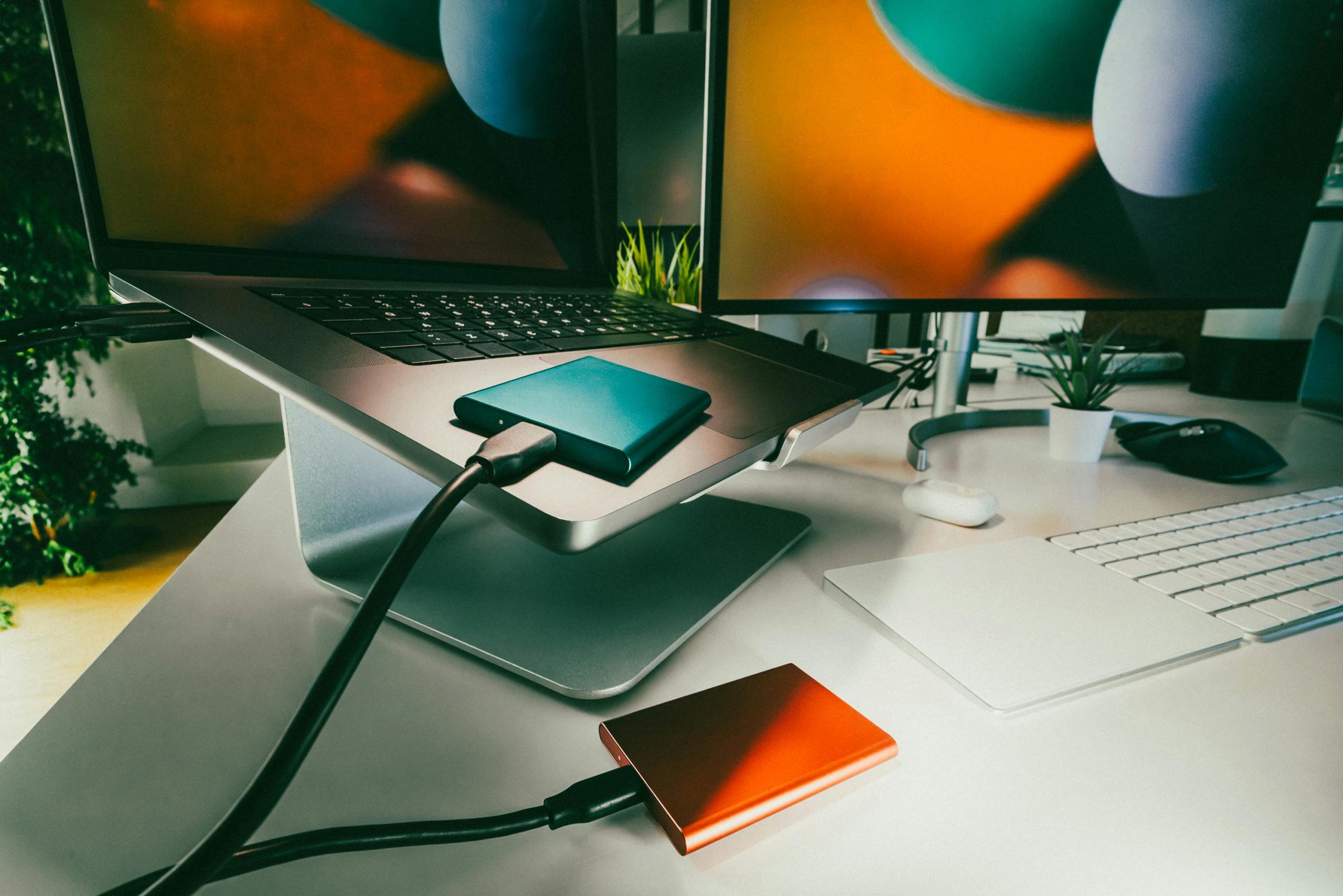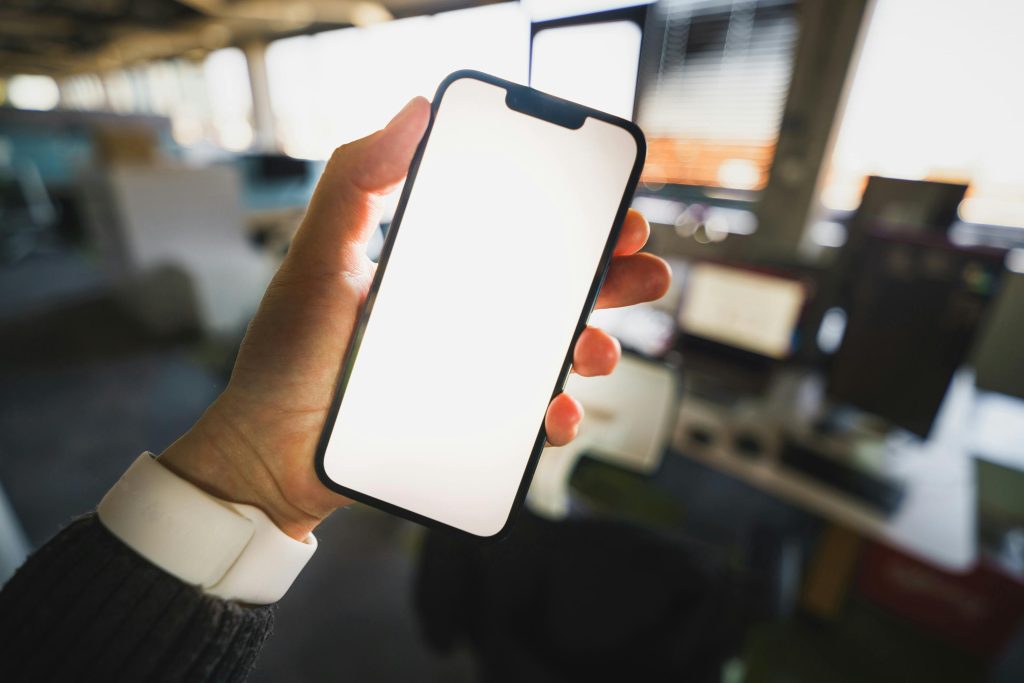Troubleshooting Guide: Connecting an LG Slim External DVD Drive to Your MacBook Air
If you’re experiencing issues connecting your LG Slim External DVD Drive to your MacBook Air, you’re not alone. Many users encounter connectivity problems despite following standard troubleshooting steps. In this comprehensive guide, we’ll explore common causes and effective solutions to help you access your disk content, such as your X-ray discs, with confidence.
Understanding the Issue
Your external DVD drive powers on but fails to be recognized by your MacBook Air. Typically, this manifests as the drive lighting up momentarily, indicating power, then the light turns off, suggesting the drive isn’t fully recognized or accessible by the system. This scenario can result from various factors, including hardware compatibility, connection issues, or system configuration.
Preliminary Troubleshooting Steps
- Verify Hardware Connections
- Use a high-quality USB-C to USB-A or USB-C adapter, depending on your drive’s interface.
- Ensure the adapter is functioning correctly by testing it with other devices.
-
Use different USB ports on your MacBook Air to rule out port-specific issues.
-
Check Power Supply
- Confirm that your external drive is receiving adequate power.
-
Some slim drives may require additional power sources or powered USB hubs for optimal operation.
-
Update System Software
- Ensure your MacBook Air is running the latest macOS version.
-
Go to System Preferences > Software Update and install any pending updates.
-
Inspect Disk Utility and Finder Settings
- Open Disk Utility (Applications > Utilities > Disk Utility).
- Check if the drive appears in the list of connected devices.
- If it does, try mounting it manually.
- In Finder, go to Preferences > General and ensure external disks are set to show on the Desktop.
Advanced Troubleshooting
- Reformat the Disk (If Data Backup Is Available)
- If the drive appears in Disk Utility but is unresponsive, consider reformatting it to a compatible filesystem (e.g., exFAT) for macOS.
-
Warning: Reformatting will erase all data. Backup your data before proceeding.
-
Reset the SMC and NVRAM
- Sometimes, resetting your Mac’s System Management Controller (SMC) and NVRAM can resolve hardware detection issues.
-
Instructions for resetting SMC and NVRAM can be found on Apple’s official support pages.
-
Test the Drive on Another Device
Share this content:



